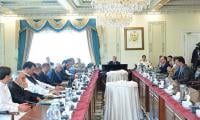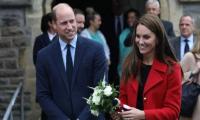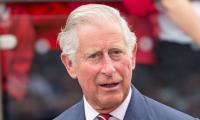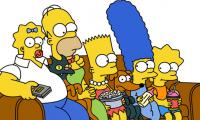LAHORE : The ancient homoeopathic mode of medicine is an effective healthcare system, which is gaining popularity at the international level.
“The homoeopathic treatment is beneficial for every patient, which focuses on eliminating the disease from its roots,” this was observed during a seminar on “Homoeopathy: Latest Research and Awareness about Natural Mode of Treatment” in connection with the inauguration ceremony of “International Journal of Homoeopathy, Complementary and Alternative Medicine” organised by Mir Khalil-ur-Rahman Memorial Society (Jang Group of Newspapers) in collaboration with Pakistan Homoeopathic Medical College, Hospital & Research Centre at a local hotel on Saturday.
Dr Muhammad Zubair Qureshi said that the successive governments had not given due recognition to homoeopathy, which stopped it from highlighting its importance at the national and international level. According to the World Health Organisation (WHO) report of 2013-2018, he said, approximately half of developing countries’ population used alternative medicine. “The Higher Education Commission also issued a certified degree in homoeopathy,” he added.
He also urged Drug Regulatory Authority of Pakistan (DRAP) to prescribe guidelines for practice of homoeopathy mode of treatment.
He said that Dr Muhammad Masood had established first college of homoeopathy in 1961, adding that most of homoeopathic doctors in Malaysia were alumni of this college. In Sri Lanka, there are around 200 homoeopathic doctors, including 50 Pakistani doctors. “We have resources and latest research, but only government’s patronisation and guidance was needed,” he added.
Dr Syed Atif Raza, head of Pharmaceutics Section, College of Pharmacy, Punjab University, said that homoeopathy was a scientific method of treatment and homoeopathic hospitals were established even in developed countries of the world. “There are homoeopathic councils in France and Germany,” he said, adding that Nano medicine was first introduced in homoeopathic mode of treatment.
Dr Hafiz Muhammad Asif, principal, UCCM, IUB, said that WHO had categorically pointed out lack of sufficient health facilities. “The people around the world are benefitting from herbal and homoeopathic way of treatment, but we have abandoned our traditional method of treatment,” he added.
Prof Dr Humaira Majeed, Doctor of Pharmacy, said that there was a need to work on three aspects of homoeopathic way of treatment i.e. quality control, diagnostics and clinical trials.
Dr Shahid Latif, deputy secretary, Department of Health, Punjab, said that the standardisation of homoeopathic way of treatment was not addressed properly. He said that the government would be willing to help promote homoeopathy medicine whenever representatives of homoeopathic mode of treatment would bring a working paper with their future plans with clear direction.
Dr Syed Saeed Ul Hassan, dean of pharmacy, University of Lahore, stressed the need to set up an indigenous pharmacopeia and herbal pharmacopeia, saying that Pakistan had required qualifications and experience to achieve the targets in the field of homoeopathic medicine. “We have innumerable natural resources. We must observe hidden treasures in plants,” he advised the homoeopathic doctors, adding that people should use fruits and vegetables, which were prescribed as anti-oxidants.
Dr Abdul Moeez conveyed DRAP CEO Dr Asim Rauf’s message, who had said that launching of homoeopathic research journal was a step towards right direction, which would promote research in the field of homoeopathy, herbal and alternative medicine.
Prof Dr Khalid Hussain, principal, College of Pharmacy, Punjab University, highlighted the difference between allopathic and homoeopathic medicine.
Besides, Prof Dr Humayun Riaz, Dr Javed Akhtar, Dr Tariq Khan also spoke on the occasion.
MKRMS Chairman Wasif Nagi hosted the seminar while Muhammad Khaleeq Hamid recited verses from the Holy Quran and Na’at-e-Rasool (SAW).
Asma Jahangir Conference. — Twitter/FileLAHORE:The Asma Jahangir Legal Aid Cell will be hosting the Asma Jahangir...
This representational image shows Solar panels. — Unsplash/FileLAHORE: Chinese Consul-General Zhao Shirin Thursday...
Participants attend the informative “PhD Scholars workshop arranged by the University of Veterinary & Animal...
Lahore College for Women University Vice Chancellor Prof Dr Shagufta Naz seen in this image. — LAHORE COLLEGE FOR...
Provincial Minister of Specialized Healthcare and Medical Education Khawaja Salman Rafique addresses an event on March...
Punjab Assembly Speaker Muhammad Ahmad Khan addresses media persons in this still on April 25, 2024. —...







